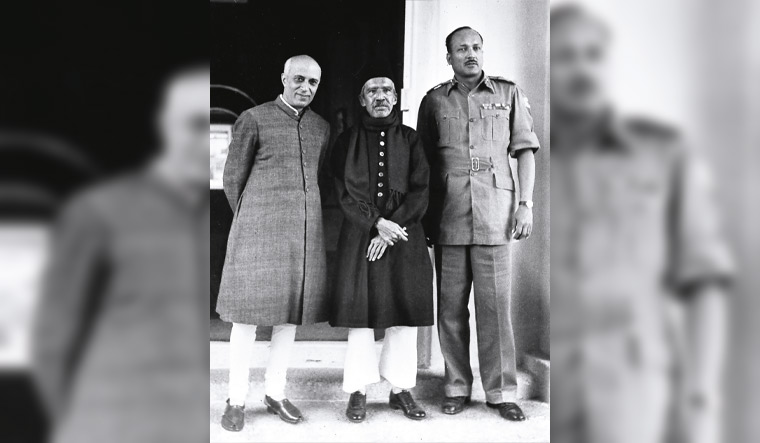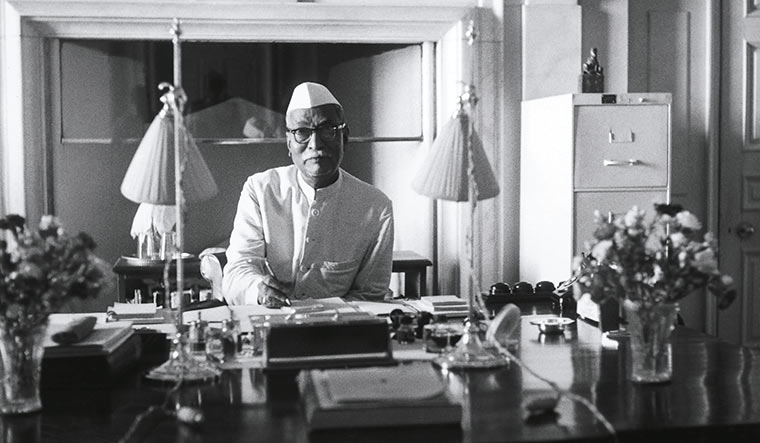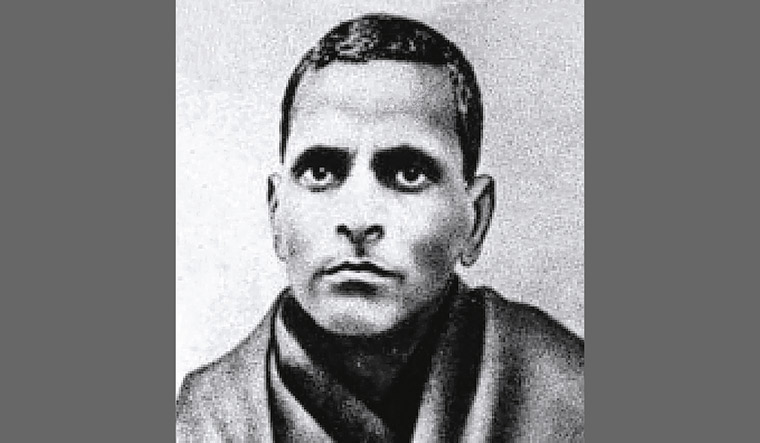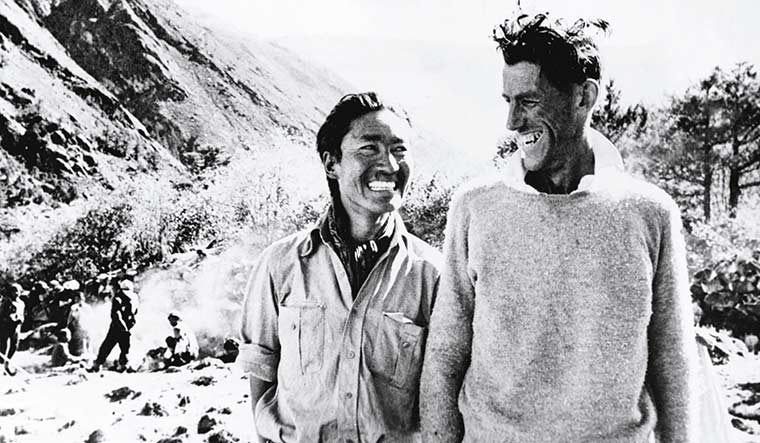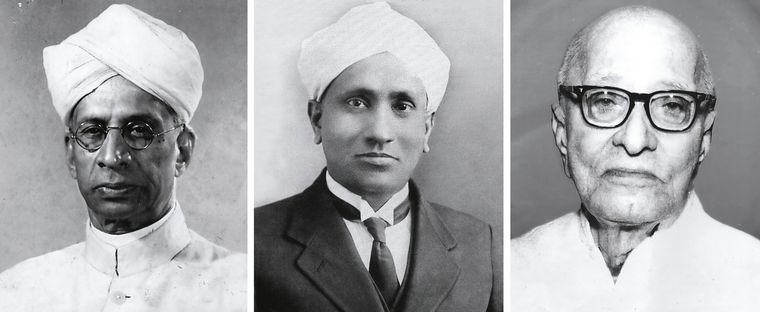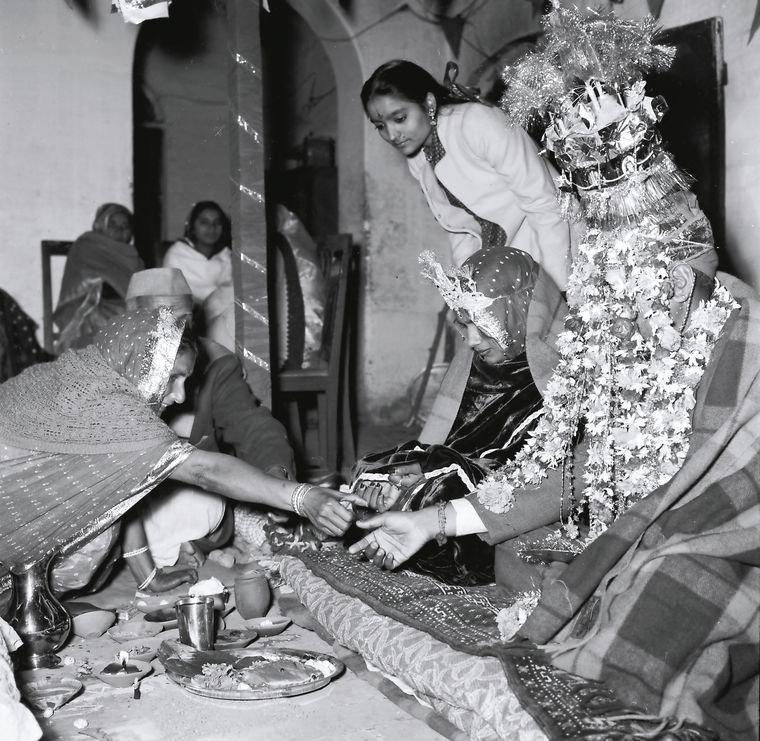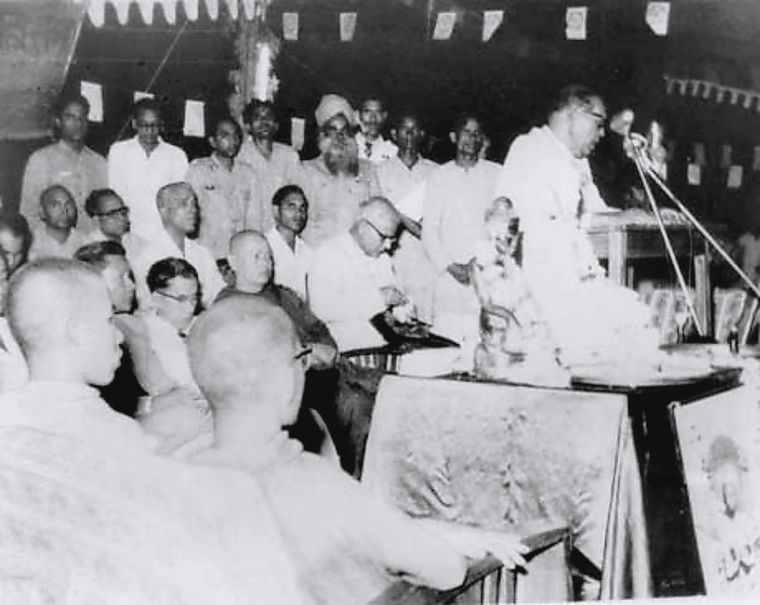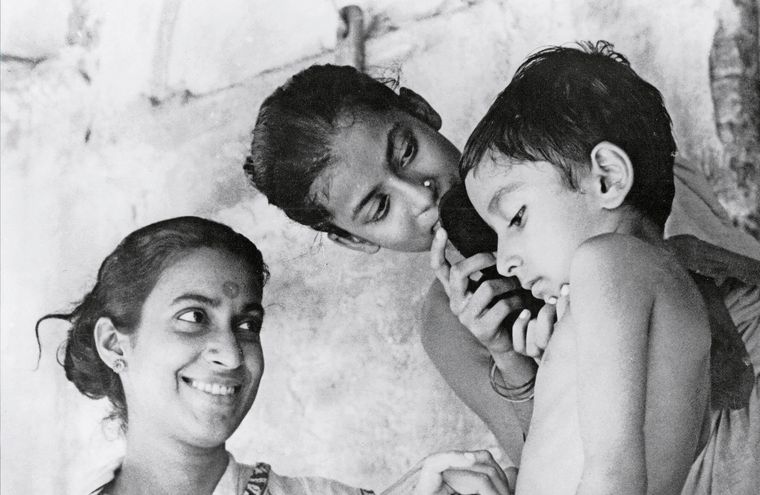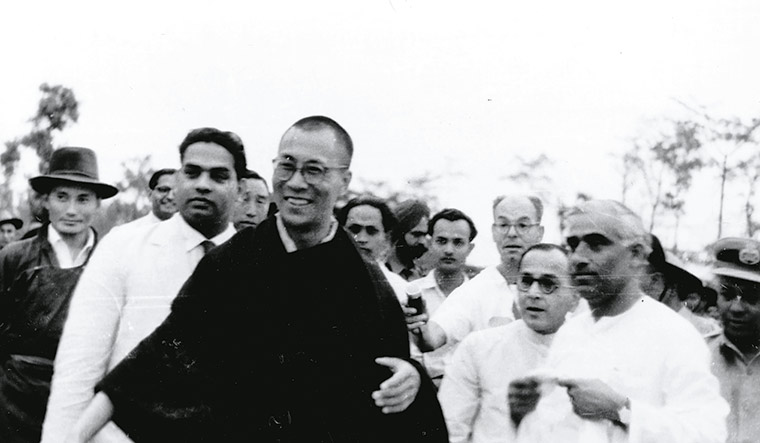These are the best of times, these are the worst of times. The British carve out an India, they carve out a Pakistan. The wounds lead to the bloodiest exodus in history.
These are also the new India’s formative years. There is no time to wallow in the newfound freedom, though; no handholds for taking baby steps on the global stage. The tasks at hand are daunting—stitching together the provinces and princely states, adopting a constitution, taking the idea of democracy to the grassroots, setting national goals and building institutions, battling poverty, disease and hunger, and laying the foundations of a strong sovereign republic that can withstand internal and external pressures. Much of the decisions and actions taken during this first decade, from launching mass immunisation programmes to carefully positioning India in geopolitics, will shape lasting templates.
Even as dreams of national integration take form, nightmares of partition unfold in ugly ways. The newly divided armies on either side of the India-Pakistan border battle it out over Kashmir. Its legacy will continue to dominate the India story for decades.
Many members of the commissioning crew that steered India to freedom will, unfortunately, not live to see beyond the first rays of the new dawn. Mahatma Gandhi will be assassinated within months of independence, and Vallabhbhai Patel, Sarojini Naidu and Subhadra Kumari Chauhan will die in the early years.
For India, though, the path is set. The journey has begun.
1947
The months leading to independence are hectic. Lord Louis Mountbatten becomes viceroy in February to oversee India’s birth; lawyer Cyril Radcliffe demarcates the India-Pakistan border; princely states dither about joining the Indian union. Hours after Nehru’s ‘tryst with destiny’ speech, the tricolour goes up at the Red Fort.
Blood and tears mark the postnatal months. There is war in Kashmir, and partition inflicts wounds that fester.
1948
Mahatma Gandhi is assassinated in Delhi on January 30. India mourns, and more than a million people join the funeral procession to Raj Ghat.
Born are new laws and new organisations, such as the National Cadet Corps. Old ones, such as the Territorial Army, are remoulded. Sardar Vallabhbhai Patel starts merging princely states, while B.R. Ambedkar presents the initial draft of the Constitution to the Constituent Assembly.
1949
Hyderabad, the biggest among princely states and the most reluctant one to join India, finally accedes to the union. Calling Nizam Osman Ali Khan’s bluff, Patel had sent troops to his doorstep. At King Kothi Palace in Hyderabad, Khan (centre) poses with prime minister Jawaharlal Nehru (left) and Major General Jayanto Chaudhury of the Indian Army | AP
1950
India adopts its Constitution and becomes a sovereign, democratic republic. Rajendra Prasad is elected as India’s first president | Getty Images
1951
Wracked by hunger and disease, India launches a BCG mass vaccination drive. The first vaccine manufacturing centre is soon set up at Guindy near Chennai.
Over the decades, the lessons from various mass vaccination programmes—against smallpox, polio and other diseases—and the experience in manufacturing generic drugs and vaccines will make India the world’s pharmacist.
1952
In October, freedom fighter Potti Sriramulu begins a hunger strike demanding that a separate state for the Telugu people be carved out of Madras Presidency. He dies 56 days later, sparking widespread protests. On December 19, Nehru announces that a new state will soon be formed. Andhra Pradesh comes into being the following year, prompting further agitations for forming states on linguistic lines.
1953
Tenzing Norgay of Darjeeling (left) and Edmund Hillary of New Zealand scale Mount Everest, the world’s highest peak. The news reaches England on the day of Queen Elizabeth’s coronation. Norgay is offered a knighthood, but Nehru asks him not to accept it. It is a clear message of India’s break from its imperial past | Getty Images
1954
The Bharat Ratna is instituted as India’s highest civilian award. The first recipients are (clockwise from far left) scholar-philosopher S. Radhakrishnan, physicist C.V. Raman and lawyer-statesman C. Rajagopalachari.
1955
A transformational year for Hinduism, as the Hindu Code Bills codify and reform personal law. The Hindu Marriage Act makes polygamy illegal, permits divorce (a concept that did not exist in Hinduism), and sets marriageable age for men and women. Three more laws—governing succession, adoption, and guardianship ties—will be passed the following year. The contentious uniform civil code is put on the back burner.
1956
Ambedkar converts to Buddhism at a public ceremony in Nagpur on October 14. Around three lakh dalits in India follow suit. Notwithstanding the revolt in the Hindu fold, caste continues to play a dominant role in society and politics.
1957
Two years after opening to poor response in Calcutta, Satyajit Ray’s Pather Panchali conquers theatres in the west. The National Award-winning film garners accolades from major film festivals in Europe and North America. The sequel, Aparajito, picks up a prize at the Venice Film Festival. Raj Kapoor’s Jaagte Raho gets a top award at the Karlovy Vary Film Festival in Czechoslovakia. Indian film is, truly, on a roll.
1958
After several contentious debates, Parliament passes the Armed Forces (Special Powers) Act to help the military in “disturbed” areas, especially the northeast. Over the decades, the controversial law will alienate communities and lead to widespread allegations of atrocities and rights violations. Activist Irom Sharmila’s 16-year fast in Imphal will bring international focus. The alleged rape and murder of Thangjam Manorama in Manipur (whose mother and siblings are shown above holding her picture) will spark fresh unrests.
1959
The Dalai Lama flees a crackdown in Lhasa, evades Chinese soldiers, treks the Himalayas for two weeks, and crosses into India’s North-East Frontier Agency, the present-day Assam. Diplomats and government officials in India welcome the 23-year-old spiritual leader in March. His Tibetan followers go on to set up a government in exile in Dharamshala, Himachal Pradesh.





